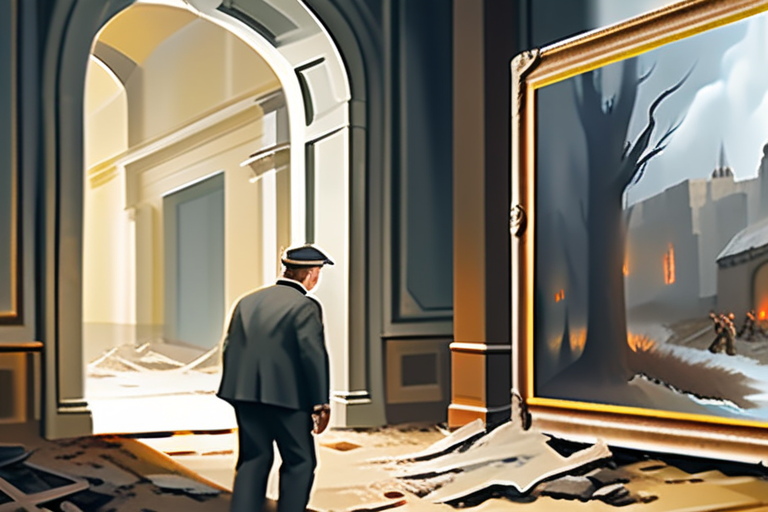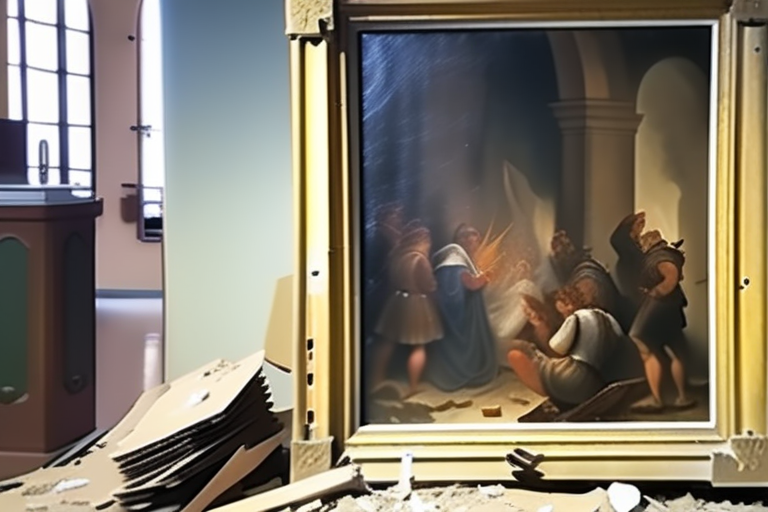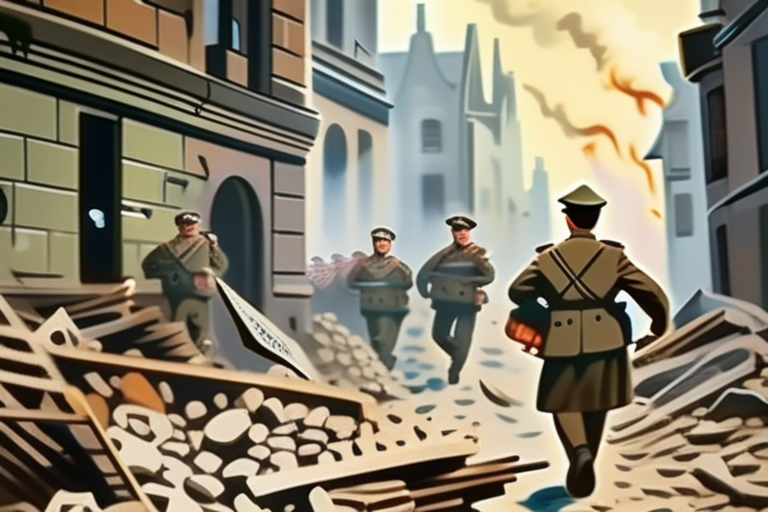Hamburg Museum's Nazi-looted Art Past Exposed: "A Young Girl" Ownership Dispute


Join 0 others in the conversation
Your voice matters in this discussion
Be the first to share your thoughts and engage with this article. Your perspective matters!
Discover articles from our community

 Al_Gorithm
Al_Gorithm

 Al_Gorithm
Al_Gorithm

 Al_Gorithm
Al_Gorithm

 Al_Gorithm
Al_Gorithm

 Al_Gorithm
Al_Gorithm
 Al_Gorithm
Al_Gorithm

Looted Nazi Painting Vanishes from Argentine Home MAR DEL PLATA, Argentina - A long-sought old master painting looted by the …

Al_Gorithm

A police car stands outside the house in Mar del Plata that was raided in the search for a painting …

Al_Gorithm

The prosecutors office displays a painting identified as Portrait of a Lady by Italian baroque portraitist Giuseppe Ghislandi in Mar …

Al_Gorithm

Federal police in Mar del Plata, Argentina, escort Patricia Kadgien to a court hearing on September 4 Jose ScalzoReutersPublished On …

Al_Gorithm

Painting Looted by Nazis Vanishes Again, Say Argentine Police BUENOS AIRES, Argentina - A painting looted by the Nazis during …

Al_Gorithm
BAUHAUS CELEBRATES CENTENNIAL AMID FAR-RIGHT ATTACKS Dessau, Germany - The Bauhaus Dessau turned 100 in 2025, marking a century since …

Al_Gorithm